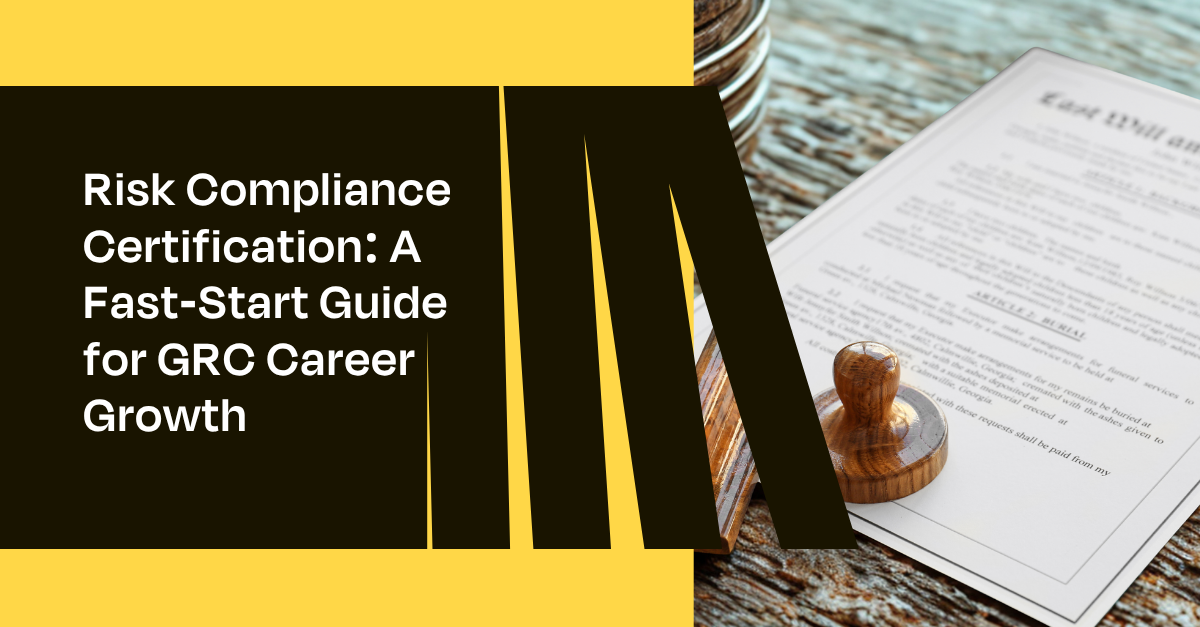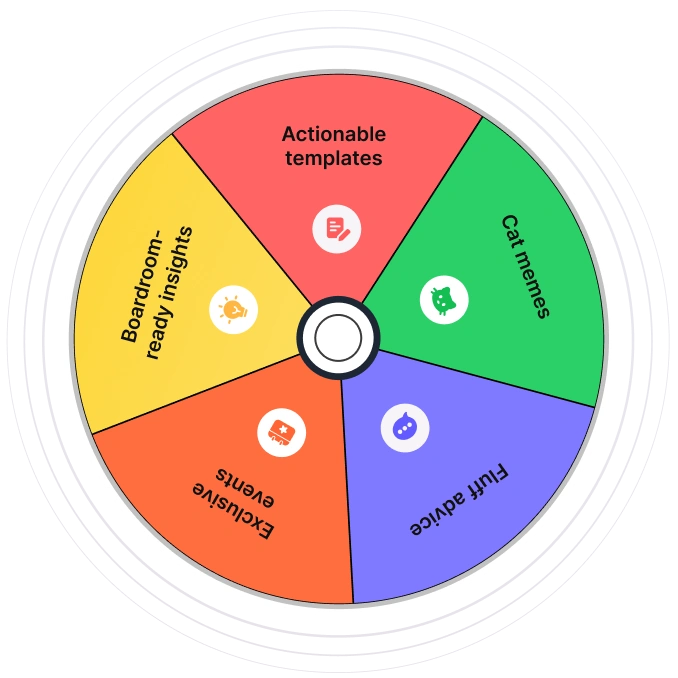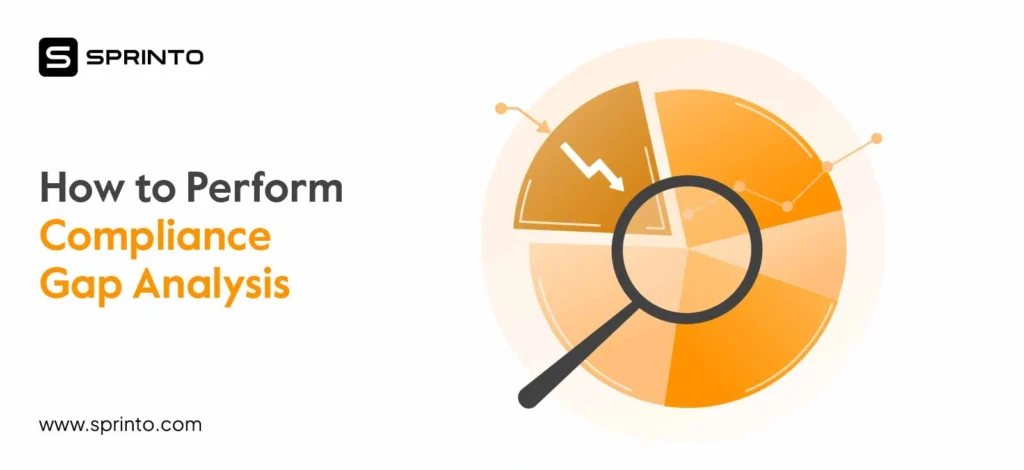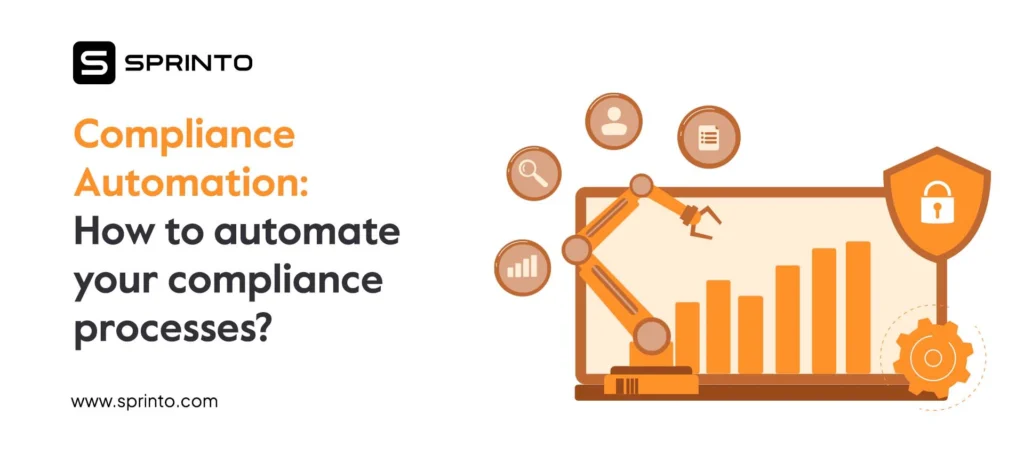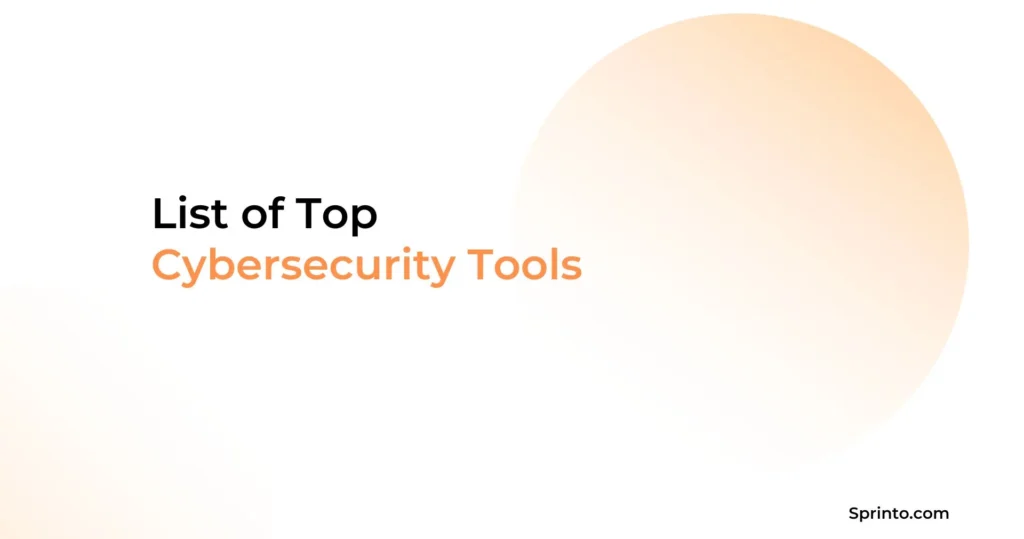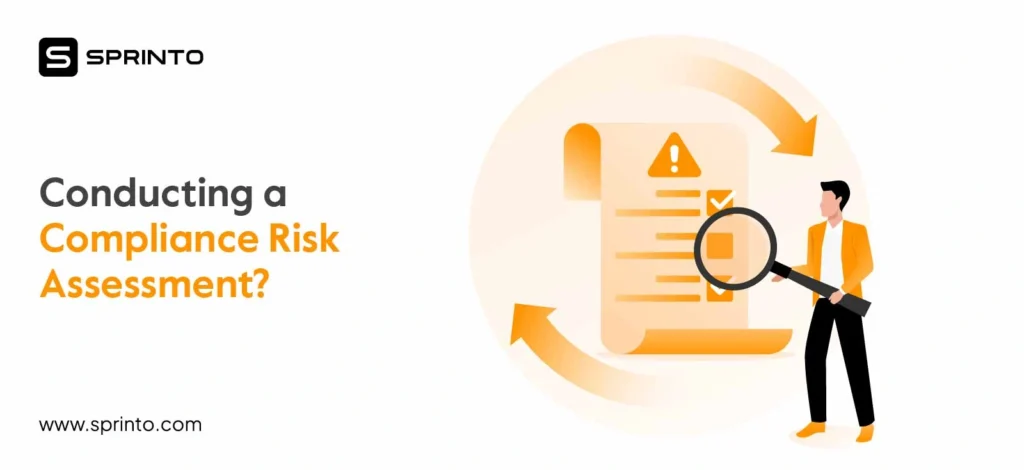You’re not alone if you’re exploring a risk compliance certification to start a career or level up in GRC (governance, risk, and compliance). Demand for professionals managing audits, interpreting regulations, and operationalizing mandated controls keeps rising, especially in SaaS and enterprise IT.
Getting certified helps you gain real-world competence and unlock career growth in compliance by proving credibility to hiring managers and auditors.
- How to use it: Choose stackable paths with clear prerequisites, then operationalize what you learn with automation and evidence reuse.
- What it is: Credentials that prove you can translate regulations (SOC 2, ISO 27001, HIPAA, PCI DSS, GDPR) into working controls, evidence, and audit outcomes.
- Which to pick: Match to role/industry, generalist GRC (GRC/CGRC), audit (CISA/CIA/ISO 27001 LA), risk (CRISC), privacy (CIPM+CIPP), security leadership (CISSP/CISM), healthcare (CHC/CHPC), fintech/finance (CAMS/CFE).
What is a Risk Compliance Certification?
A risk compliance certification validates your knowledge across regulations, controls, and audit methods. Typical candidates include compliance officers, auditors, risk managers, GRC program leaders, and IT/security owners, anyone who must translate policy into daily practice. Many pursue related pathways like compliance and risk certification, risk and compliance management certification, and GRC certification to align with role scope and employer expectations.
Why pursue one
Like any widely accepted certification in any sector, earning a risk compliance certification positions you for meaningful advancement. You can make a case for promotions and sustained career growth in compliance. You build confidence to navigate audits and understand how to manage documentation to meet regulatory audit demands.
Getting certified also broadens your prospects. Many of these certifications have global recognition (be sure to choose certifications provided by respected bodies), expanding your career horizons across regions and industries. Just as important, it builds a habit of continuous improvement through continuing education requirements. Operating environments, threat landscapes, and regulations are evolving constantly. This is one way to keep your knowledge current and your skills sharp.
Top Risk Compliance Certifications
1. GRC Certification
Ideal for: GRC analyst, compliance analyst, risk analyst, IT compliance coordinator, audit coordinator, security compliance coordinator
Why this certification: Builds broad, role-agnostic fluency across governance, risk, and compliance. Covers common frameworks and terminology so you can contribute to policy mapping, evidence collection, and stakeholder communication from day one.
2. CGRC Certification (Certified in Governance, Risk and Compliance)
Ideal for: GRC manager, compliance program owner, risk program lead, security compliance lead
Why this certification: Focuses on building and operating a formal program. Teaches control design, mapping controls to risks and regulations, assigning ownership and SLAs, and reporting program health to leadership.
3. CISA (Certified Information Systems Auditor)
Ideal for: IT auditor, application auditor, controls analyst, SOX IT lead
Why this certification: Establishes audit rigor for systems and applications. Emphasizes control testing, sampling, evidence review, and translating technical findings for executives and external auditors.
4. CIA (Certified Internal Auditor)
Ideal for: Internal auditor, audit senior, audit manager working across finance, operations, and IT
Why this certification: Provides a comprehensive foundation in risk-based auditing, planning, fieldwork, and reporting. Strengthens independence, documentation quality, and remediation follow-through.
5. ISO 27001 Lead Auditor
Ideal for: Information security auditor, supplier assessor, assurance lead, compliance assessor
Why this certification: Trains you to run end-to-end audit programs, lead teams, and issue nonconformities. Useful for certification audits, supplier assessments, and verifying corrective and preventive actions.
6. CRISC (Certified in Risk and Information Systems Control)
Ideal for: Enterprise risk manager, technology risk lead, IT risk analyst supporting executives and the board
Why this certification: Develops the linkage between technology risk and business impact. Prioritizes treatments, defines risk appetite, and improves decision support and reporting to leadership.
7. CIPM (Certified Information Privacy Manager) then CIPP (Certified Information Privacy Professional)
Ideal for: Privacy program manager, data protection program lead, operational privacy specialist
Why this certification: CIPM builds daily program skills such as records of processing, retention schedules, DPIAs, DSAR workflows, and incident workflows. CIPP adds legal foundations for specific jurisdictions to ensure compliant processing and contracting.
8. CIPP then CIPM
Ideal for: In-house counsel, privacy attorney, legal associate in regulated or cross-border environments
Why this certification: CIPP strengthens legal depth in lawful bases, contracts, and DPAs, breach notification, and regulator interaction. CIPM complements the operational execution of the privacy program.
9. CISSP (Certified Information Systems Security Professional) or CISM (Certified Information Security Manager)
Ideal for: Security architect, security manager, head of security who partners closely with GRC
Why this certification: Signals domain depth and leadership competency. CISSP validates breadth across security domains. CISM emphasizes governance, program management, and risk alignment for executive communication.
Industry and role-specific certifications
1. Audit roles (cross industry)
Ideal certifications: CISA (Certified Information Systems Auditor), CIA (Certified Internal Auditor), ISO 27001 Lead Auditor
Why this fits: Validates skill in assessing systems and controls, planning and executing audits, sampling and testing, documenting evidence, and issuing findings that satisfy regulatory audit demands.
2. Healthcare and health tech
Ideal certifications: CHC (Certified in Healthcare Compliance), CHPC (Certified in Healthcare Privacy Compliance)
Why this fits: Proves mastery of HIPAA rules, privacy obligations, documentation standards, and payer expectations; signals understanding of billing integrity, enforcement trends, and the evidence auditors expect in provider and vendor settings.
3. Regulated finance and fintech
Ideal certifications: CAMS (Certified Anti Money Laundering Specialist), CFE (Certified Fraud Examiner), paired with a core GRC certiciations (like the ones listed in the previous section), or audit credentials like CPA
Why this fits: Deepens capabilities in AML monitoring, investigations, sanctions screening, and fraud analytics, especially useful for fintech teams building surveillance programs, case workflows, and regulator-ready documentation.
4. Customer assurance and supplier audits
Ideal certifications: SOC 2 Auditor Certification, ISO 27001 Certification Programs
Why this fits: Aligns day-to-day work with the frameworks that customers and regulators request; builds credibility for readiness assessments, gap remediation, recurring attestations, and third-party supplier audits.
If you intend to work as an auditor, you need certifications like CISA, Certified Internal Auditor (CIA), and ISO 27001 Lead Auditor, which we recommended for privacy roles in the previous section. These prove that you can assess systems and controls, plan and execute audit engagements, document evidence, and deliver findings that meet regulatory audit demands.
If you operate in healthcare environments—or exist anywhere within the healthcare vendor supply chain—and your clients undergo HIPAA (or payer) scrutiny, you need Healthcare Compliance Certifications (like CHC, CHPC). These certifications help compliance managers and privacy officers develop and prove mastery of health-sector rules and documentation standards. You also need these certifications to demonstrate that you understand billing integrity and enforcement trends.
If you operate in regulated finance or handle payment risk, pair your core credential with CAMS or CFE to deepen your anti-money laundering and fraud investigation skills. This is especially relevant for fintechs building monitoring programs and investigations playbooks.
Finally, if customer assurance and recurring attestations drive your role, specialize in SOC 2 Auditor Certification and ISO 27001 Certification Programs. These align your skills directly to the frameworks that customers and regulators expect. Consequently, they help you gain immediate credibility when running readiness, gap remediation, or supplier audits.
How to Choose the Right Certification
- Use what we mapped above: We’ve already linked certifications to roles and industries; now, pick based on your path. Early-career? Choose a Risk Compliance Certification with foundational breadth and low/no prerequisites. Senior? Target scenario-heavy exams with experience requirements.
- Align to your industry: Favor frameworks you’ll actually use.
- Mobility plan: If you expect cross-border roles, verify global recognition of certifications you plan to pursue. If you’re staying regional, follow local regulator and employer preferences.
- Think long term: Choose credentials that stack and align with career progression (associate → professional → expert). Also, plan to meet continuing education requirements to stay current without restarting. Map each choice to your target role (like Compliance Officer, GRC Manager, Auditor, and so on).
4 Steps to Earning Risk Compliance Certification
Step 1: Confirm that you have the necessary prerequisites (degree/experience)
Before you pick a Risk Compliance Certification, check the issuing body’s eligibility page. Most certifications fall into three buckets:
- Education: Many accept a bachelor’s degrees in information systems, accounting, law, or cybersecurity. Others are flexible—no specific major required—or offer an “associate” track with no degree requirement. If you don’t have a degree, some programs allow equivalent education (community college, accredited certificates) or let you offset with documented work experience.
- Experience: Requirements range from “no experience” (entry paths meant for newcomers) to multi-year professional experience for audit, risk, or program-owner tracks. “Experience” usually includes full-time roles in compliance, internal audit, IT audit, risk management, security governance, or privacy operations; relevant internships, consulting engagements, and supervisor-verified projects can count if they map to the domains tested (controls, evidence, risk analysis, policy, vendor oversight).
- Substitutions & attestations: Many programs allow partial waivers (e.g., a graduate degree or another credential in exchange for some experience). Expect to sign a code of ethics, submit supervisor references, or document the scope of work. Some certifications also ask you to agree to continuing education requirements after you pass.
How to quickly self-check:
- Read the eligibility section for your target certification and note the degree, experience, and any waiver options.
- Map your resume to common domains (governance/policy, control testing, risk assessment, audit execution, privacy workflows).
- If you’re short on experience, consider an entry/associate path first, or line up projects that clearly demonstrate control design, evidence collection, risk treatment, or audit participation—work you’ll reuse when studying.
- Confirm acceptable proof (job descriptions, manager letters, project logs) so approval doesn’t stall your application.
Step 2: Pick training that maps to frameworks that are most relevant in your sector
Choose based on frameworks relevant to your sector and frameworks or laws (like SOC 2, ISO 27001, HIPAA, PCI DSS, GDPR) that you need to adhere to. We’ve also offered information on this in the previous section.
Step 3: Schedule the exam at the correct time
Be sure you can commit to a 6–10 week study plan running up to your exam. (So, yes, be sure to plan this during whatever counts as a “lean period” in your professional and personal life).
Step 4: Pass, and then keep your certification active
You can keep your certification active by earning continuing professional education credits. Most certification bodies have continuing education requirements. You must earn a set number of CPE credits yearly (or over a multi-year cycle). Training courses, webinars, conferences, approved online lessons, teaching, writing articles, or hands-on projects. As a rule of thumb, 1 hour = 1 to 1.2 CPE.
Career Benefits You Can Bank on
These certifications relate to serious roles, and much hangs in the balance. Recognized certifications translate directly into career mobility and trust because they prove validated and work-ready skills. They act as a direct launchpad and help you compete for Compliance Officer, GRC Analyst, Risk Manager, and Auditor roles in SaaS and enterprise IT.
Hiring managers and auditors recognize these badges as proof that you can meet regulatory audit demands with structured methods, not ad-hoc efforts. The upside compounds: credentials with global recognition of certifications open cross-border opportunities, while stackable pathways (associate → professional → expert) make it easy to level up without starting over.
They also make BAU easier. Certified professionals lead evidence programs, close customer security reviews faster, and reduce audit fatigue through better preparation and automation. These are key advantages in modern, tool-driven compliance teams where continuous monitoring and evidence reuse are now baseline expectations. Having the certifications makes you more hireable and more useful.
Bring your resume and target cert—we’ll map domains to controls, owners, and SLAs so you know exactly what success looks like on the job.
How Sprinto Supports Certified Professionals
Sprinto turns certification knowledge into daily, verifiable outcomes—so you don’t slide back into spreadsheets the day after you pass the exam.
- Operationalize your frameworks. Enable frameworks, configure criteria, link controls, and track readiness from a central hub. This “frameworks to controls” flow mirrors exam blueprints and ensures the same rigor shows up on the job.
- Run an audit-grade evidence program. Automate control checks, collect time-stamped artifacts, and maintain a clean audit trail so auditors see precisely what they need without back-and-forth. Sprinto’s automation helps map policies/controls to criteria and validates them continuously.
- Use real-time dashboards to manage by exception. Monitor control health, pending tasks, and risk treatment effectiveness in one place; escalate only what needs attention. This keeps leaders informed and teams focused.
- Simplify audit management. Plan timelines, assign owners, centralize documentation, and collaborate with auditors in-app—eliminating email chains and last-minute scrambles.
- Scale across standards without duplicating work. Operate SOC 2, ISO 27001, industry-specific frameworks like HIPAA or PCI DSS, and region-governed laws like GDPR together. The trick is reusing controls and evidence where requirements overlap; Sprinto supports this. This reduces parallel work and speeds new-framework adoption.
- Prove value with continuous compliance. Instead of point-in-time prep, Sprinto supports constant monitoring and ongoing readiness—exactly the operating model certifications advocate.
Why this matters for certified professionals:
- If you’ve earned a badge, Sprinto lets you apply it verbatim: map exam concepts (controls, evidence, risk) to live workflows and dashboards, then show measurable progress during reviews and board updates.
- When audits occur, you walk in with a single source of truth—artifacts, logs, approvals—aligned to each requirement and ready for sampling.
- As your scope grows (new regions, customers, or frameworks), you extend the same program instead of rebuilding it—reusing evidence and controls where possible.
The net effect is that your certification signals career growth in compliance, and Sprinto ensures that growth shows up in daily operations, audit outcomes, and stakeholder confidence
The Bottom Line
Risk and compliance certifications validate your expertise; the right platform lets you prove it daily. With automation, real-time visibility, and multi-framework coverage, Sprinto turns certification knowledge into operational outcomes that reduce audit stress and speed assurance.
Raynah
Raynah is a content strategist at Sprinto, where she crafts stories that simplify compliance for modern businesses. Over the past two years, she’s worked across formats and functions to make security and compliance feel a little less complicated and a little more business-aligned.
Explore more
research & insights curated to help you earn a seat at the table.



